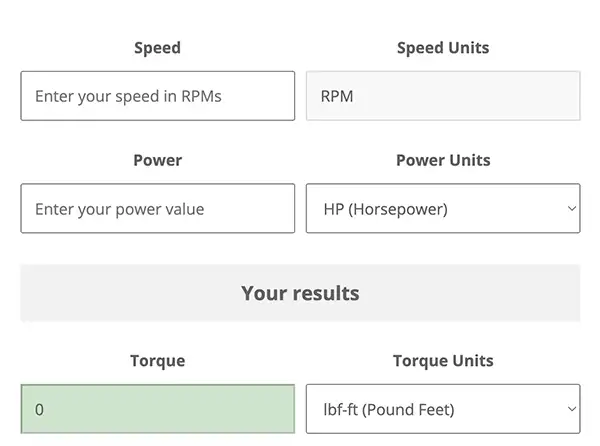Motors 101: How Does a BLDC Motor Work?
Brushless direct current (BLDC) motors work from a design that originated over 100 years ago by Frank Julian Sprague. Over time they have been modified and adapted by numerous engineers to accommodate an ever-growing diversity of applications.
They are a simple, compact and powerful type of electric motor commonly found in both industrial and domestic electronics. Despite their simple and direct function, understanding the principles driving them takes a little scientific understanding.
Design Adapted to the Power Type
In AC motors, the alternating current supplies the electron movement necessary to create the motor’s rotating magnetic field. In a DC motor, the direct current means that the electrons are all moving in one direction and the rotating magnetic field needs to be created via other means.
There are two main components to an electric motor:
- The stator or stationary part
- The Rotor or rotating part
The stator contains groups of electromagnets. When DC current is sent into the coils, they produce a magnetic field. A controller powers the magnet groups (poles) in a sequence. This sequence of magnetic pull drives the rotor by continually attracting and repelling the permanent magnets attached to it. The rotor is essentially always trying to catch up to the magnetic pull being activated ahead of it.
Why Brushless?
Instead of using an internal controller, Brushed motors use carbon brushes to apply the electric current to the rotating armature. The brush design allows for a simpler and less expensive motor that functions well but there are many disadvantages to consider:
- The brushes generate friction and eventually wear out
- The friction can cause sparking and noise; brushless are quieter
- Brushed are less efficient
- Brushed motors are larger and heavier
- Brushed motors require higher maintenance
- Brushed motors offer less control
- Brushed motors are hotter and more difficult to cool
Brushless motors cost more than brushed but they offer:
- Longer life span
- Precision control
- Higher overload
- Better performance for continuous or long-running duty cycles
Which Motor Is Right for Your Application?
Even understanding the fundamental differences in motors like the presence of brushes can be challenging. Power Electric makes your decision easier along every step. A friendly and knowledgeable sales representative is available to pair your project with the right motor. Call us at 763-383-6936 or contact us today.
 Request a Quote
Request a Quote
